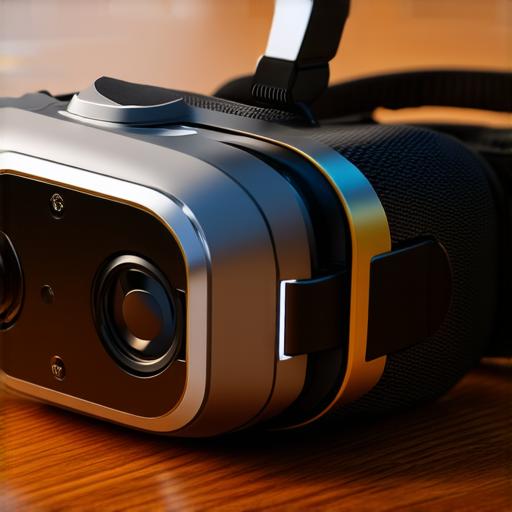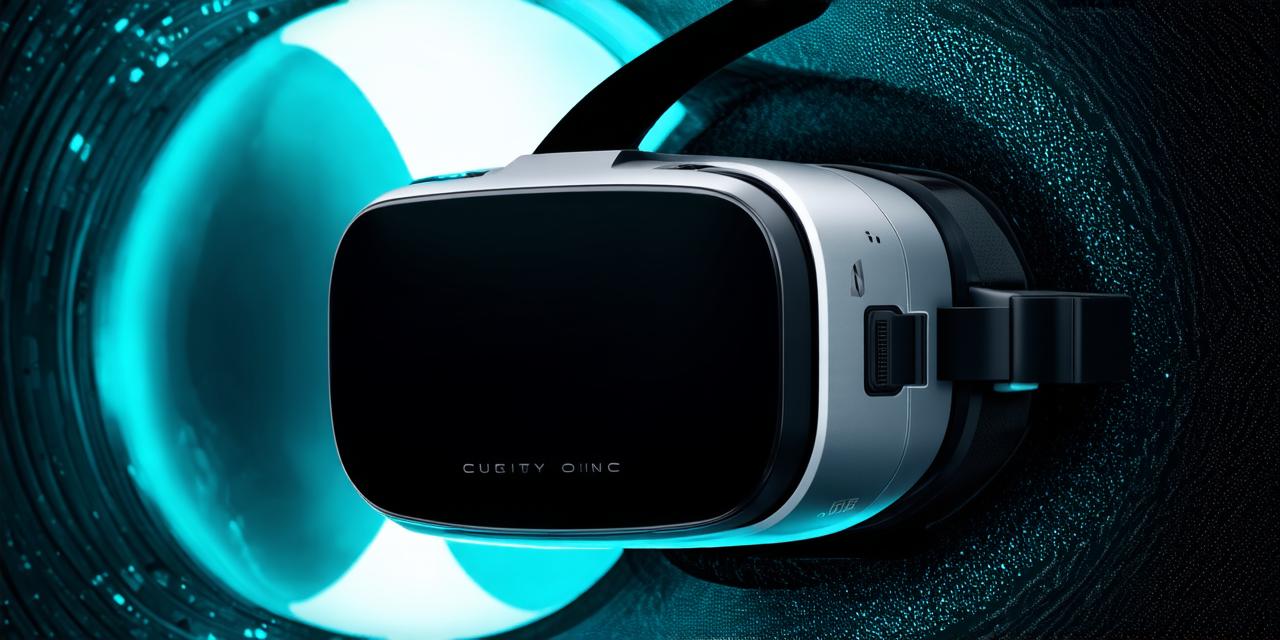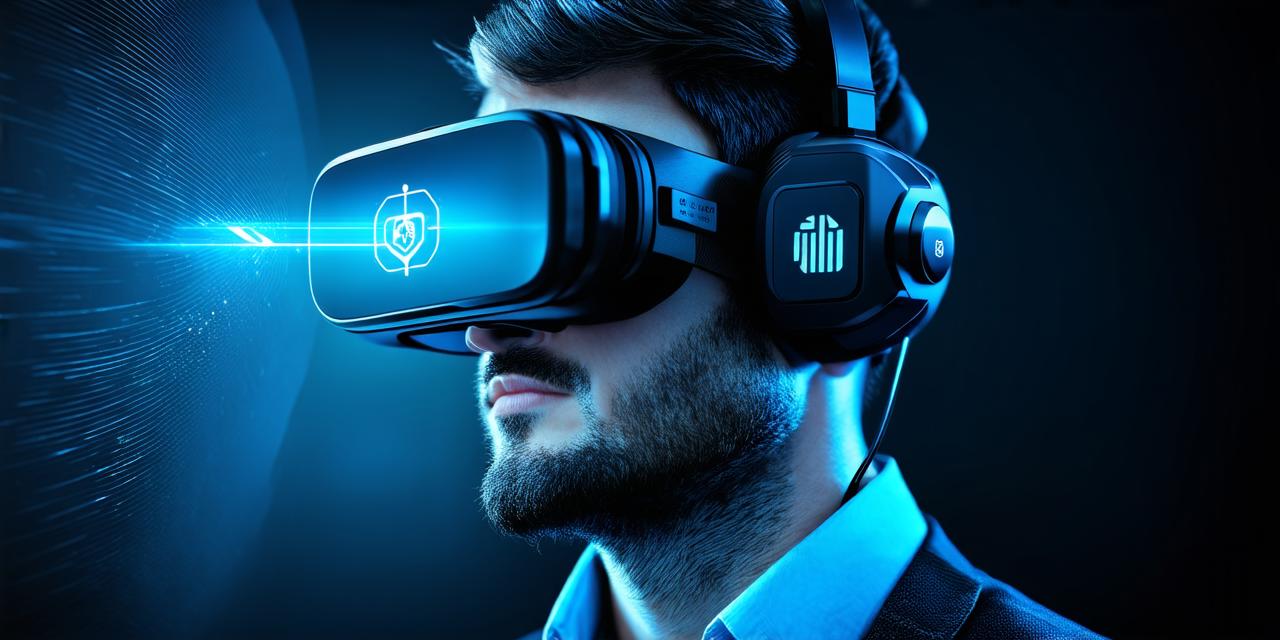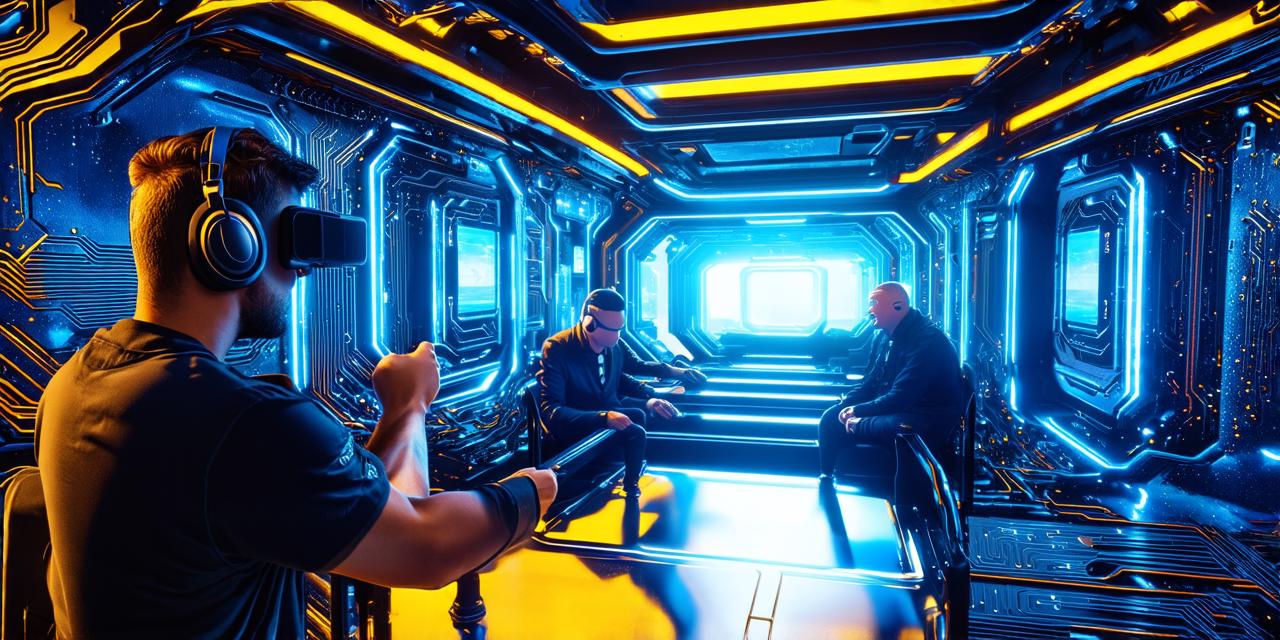Introduction
Virtual reality (VR) technology is rapidly evolving, and it’s safe to say that the past decade has seen significant advancements in this field. VR has already transformed various industries such as gaming, entertainment, education, healthcare, and many more. As we look forward to the next decade, it’s essential to analyze the current state of virtual reality and predict where it’s headed.
What is Virtual Reality?
Virtual reality is a technology that enables users to experience a computer-generated environment as if they were physically present. It’s an immersive experience that engages all five senses, providing users with a sense of presence and realism in the virtual world. The VR industry has seen significant growth in recent years, with the market size expected to reach USD 329.6 billion by 2027.
The Evolution of Virtual Reality
Virtual reality technology has come a long way since its inception. In the early days, VR was limited due to technical constraints such as low-resolution displays and motion sickness. However, with advancements in hardware and software, we have seen significant improvements in VR technology. Today, we have high-resolution displays, advanced tracking systems, and more comfortable headsets that reduce motion sickness.
Moreover, the introduction of wireless VR headsets and standalone VR devices has made VR more accessible to users. The rise of mobile VR has also enabled developers to create content for smartphones and tablets, making it easier to reach a wider audience.

The Future of Virtual Reality in 10 Years
As we look forward to the next decade, it’s clear that virtual reality technology will continue to evolve at an unprecedented pace. Here are some predictions for the future of VR in 10 years:
-
Wireless VR Headsets Will Become the Norm
-
Haptic Technology Will Advance Significantly
-
Augmented Reality Will Integrate with Virtual Reality
-
Virtual Reality Will Become Mainstream
The Impact of Virtual Reality on Augmented Reality
As virtual reality technology continues to evolve, it will have a significant impact on augmented reality. AR developers can benefit from the advancements in VR technology by leveraging them to create more immersive and engaging AR experiences. For example, the integration of haptic technology with AR can provide users with a more realistic sense of touch, making the AR experience even more immersive.
Case Studies and Personal Experiences
To illustrate the potential impact of virtual reality on augmented reality, let’s look at some case studies and personal experiences.
1. IKEA’s VR Room Planner
IKEA’s VR Room Planner is an excellent example of how virtual reality technology can be used to enhance the AR experience. The VR Room Planner allows users to visualize how furniture and decor would look in their home before making a purchase. This not only provides users with a more realistic sense of what the final product will look like but also saves time and money by reducing the need for physical rearrangements.
2. Pokémon Go
Pokémon Go is a popular AR game that has become a cultural phenomenon. The game’s success can be attributed to its ability to provide an immersive and engaging AR experience. Users can explore their surroundings in real-time, capturing virtual creatures and interacting with other users in the virtual world.
Personal Experience: Virtual Reality Training
I recently had the opportunity to experience virtual reality training for a work project. The VR training provided me with an immersive and realistic experience that simulated various scenarios I may encounter in my job. The training was engaging and effective, providing me with the skills and knowledge I needed to perform my job more efficiently.
Summary
In conclusion, virtual reality technology is poised for significant advancements in the next decade, and it will have a significant impact on the augmented reality industry. AR developers can benefit from these advancements by leveraging them to create more immersive and engaging AR experiences. As we move forward, it’s essential to stay up-to-date with the latest developments in virtual reality technology and how they can be integrated with AR to provide users with an unforgettable experience.




